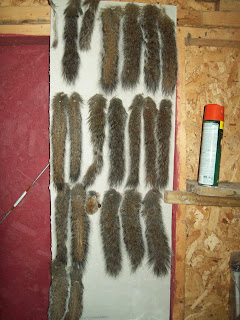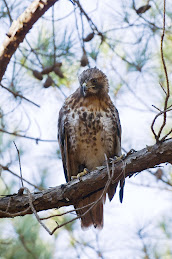
One of the main tenets of understanding the natural world is interconnectedness. I teach this to all my elementary school kids in science class; interconnectedness and more often than not - unintended consequences.
Even the most well intentioned actions can go terribly awry when you are dealing with real animals in the real world. Often times, there are simply too many variables to measure.
In a recent example - we need to decide which of two rare species is more important.
In many areas there has been a decline in fish species. This decline is effecting the predators that eat them, so those predators turn to other things to eat, in this case, each other.
Great cormorants (Phalacrocorax carbo), while not endangered, are quite rare in Maine, with just 80 breeding pairs left, down from 250 pairs 15 years ago. One of the reasons the birds have declined in the state is that they are being predated upon by bald eagles, which appear to be turning to seabirds for their food supply as fish populations in the area have shrunk.
"These young eagles are harassing the bejesus out of all the birds, and the great cormorants have been taking it on the chin," Brad Allen, wildlife biologist with the Maine Department of Inland Fisheries and Wildlife, told USA Today.
And it's not just happening in Maine. USA Today cites examples of bald eagles eating other birds in Alaska, Illinois and other states.

You can read the rest of the article here at Scientific American.
Eagle picture comes from here.


















































